A pioneering study has unlocked the potential of hydrogen nanobubbles to significantly augment the antioxidant content in tomatoes. This innovative irrigation technique not only fortifies the fruit with higher concentrations of health-boosting compounds but also opens new avenues for enhancing the nutritional value of agricultural produce.
Tag: Crops
Advanced Deep Learning and UAV Imagery Boost Precision Agriculture for Future Food Security
A research team investigated the efficacy of AlexNet, an advanced Convolutional Neural Network (CNN) variant, for automatic crop classification using high-resolution aerial imagery from UAVs.
Scientists Gain New Molecular-Level Insights into Breaking Down Plant Material for Biofuels
To produce biofuels from nonedible plants, researchers can use cellulase to break down plant cellulose into glucose, which can be fermented to generate bioethanol. Researchers have now used a specialized optical microscope to visualize single cellulase enzymes interacting with different forms of cellulose. This allowed them to investigate enzyme function in the presence of the product of the reaction and other components of plant biomass.
Tea crop saviors: genomic insights into the tea grey geometrid’s survival strategy
In a breakthrough that could redefine tea crop protection, a new study has shed light on the genetic makeup of the tea grey geometrid, Ectropis grisescens. Through the re-sequencing of 43 genomes, scientists have mapped out the pest’s population structure and its remarkable adaptation to tea crops, offering new avenues for managing this agricultural adversary.
Melon’s molecular armor: new insights into crop protection
A new study has uncovered a genetic treasure trove within the melon genome that could revolutionize the plant’s defense against pests and diseases. Researchers have identified a cluster of genes that bestow resistance to both powdery mildew and aphids, two of the most devastating threats to melon crops worldwide.
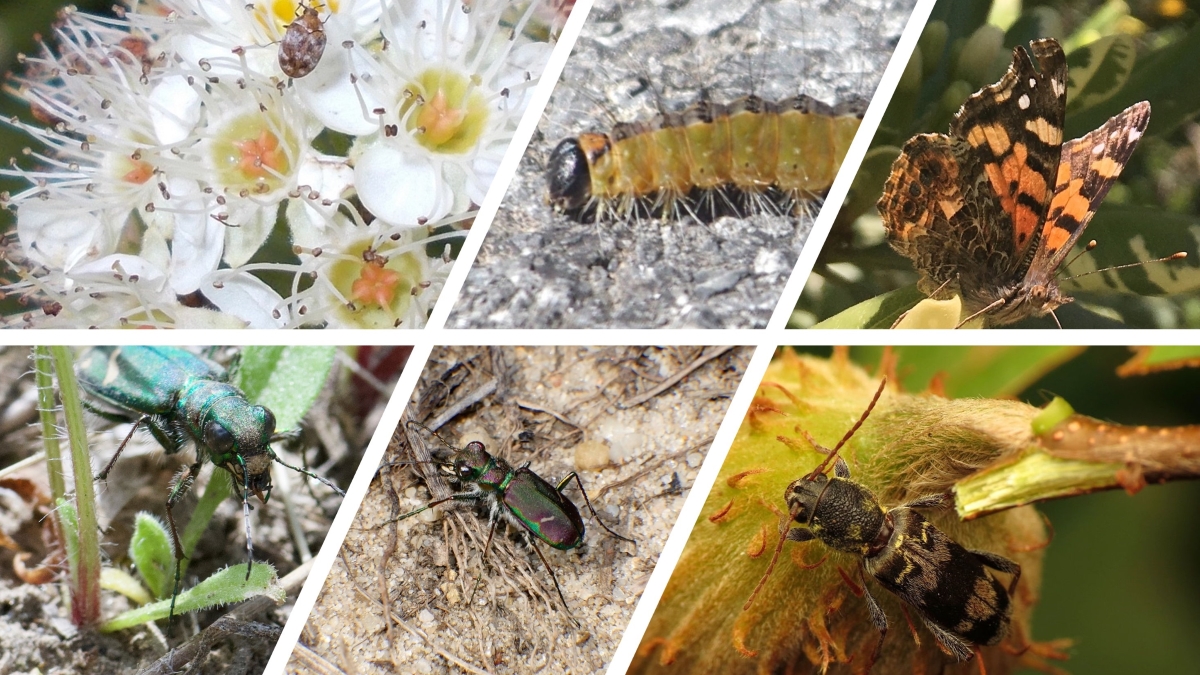
Researchers win AI grant to develop tool to help farmers identify pests, protect crops
A team led by Iowa State researchers is one of the first recipients of advanced computing support from the new National Artificial Intelligence Research Resource Pilot. The team will use one million “node hours” on a supercomputer to develop large, vision-based artificial intelligence tools to identify agricultural pests.
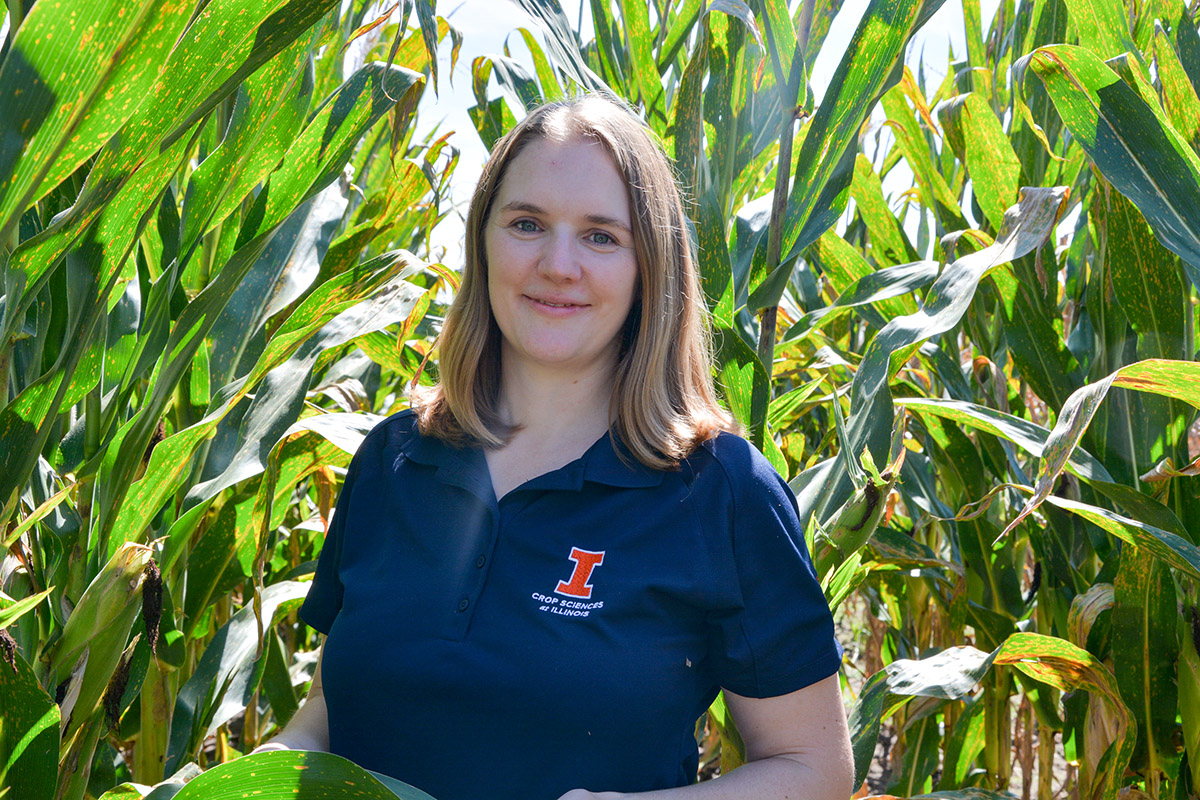
New study finds corn genome can gang up on multiple pathogens at once
In a changing climate, corn growers need to be ready for anything, including new and shifting disease dynamics. Because it’s impossible to predict which damaging disease will pop up in a given year, corn with resistance to multiple diseases would be a huge win for growers.
Weather swings bring steadier results when studying crop adaptability
Efforts to breed more adaptable crops benefit from testing locations with wide ranges of weather, according to a study co-authored by an Iowa State University expert on phenotypic plasticity, the disparate ways plants respond in different environments.
RUDN agronomists suggest how to reduce the cost of meat, milk, and eggs
The RUDN agronomist with colleagues from Bulgaria, Egypt, and Kazakhstan told what new feed crops for livestock need to be grown in dry steppes due to climate change.
Coffee and cocoa plants at risk from pollinator loss
Tropical crops such as coffee, cocoa, watermelon and mango may be at risk due to the loss of insect pollinators, finds a new study led by UCL and Natural History Museum researchers.
Study: Wild pig populations in U.S. can be managed
Recent conservation efforts have proven effective at controlling wild pig populations in the Southeastern United States, according to new research from the University of Georgia’s Savannah River Ecology Laboratory and Warnell School of Forestry and Natural Resources. Within 24 months of the start of control efforts in the study area located around the Savannah River Site in Aiken, South Carolina, researchers found a reduction of about 70% in relative abundance of pigs and a corresponding decline in environmental rooting damage of about 99%.
Illinois-led project to sequence 400 soybean genomes, improve future crops
As a source of protein and biodiesel for cleaner renewable energy, soybean is an important crop worldwide. But is it performing to its full potential?
Natural variation in Brachypodium distachyon responses to combined abiotic stresses
Understanding how native plants deal with extreme temperature, drought, and other environmental stresses offers insights into how crops can be bred to better withstand the harsh realities resulting from climate change. Ludwig and collaborators studied the genetic variation in how…
Whole Orchard Recycling Provides Alternative to Burning Trees
Whole orchard recycling is an alternative process for disposing of trees at the end of their productive lives. Researchers are studying how this process may also help improve nitrogen in soils. Hear a microbiologist explain whole orchard recycling on the Environmental Molecular Sciences Laboratory’s Bonding Over Science podcast.
Ohio’s droughts are worse than often recognized, study finds
A new type of analysis suggests that droughts in Ohio were more severe from 2000 to 2019 than standard measurements have suggested.

Sweet corn yield at the mercy of the environment, except for one key factor
A new analysis from the University of Illinois Urbana-Champaign and the USDA-Agricultural Research Service (ARS) has identified the top factors accounting for yield variability in processing sweet corn (used for canned and frozen products), including one within the control of processors.
Japanese beetles could spread throughout Washington state in 20 years
Without intervention, the colorful but devastating Japanese beetle could make its way across the evergreen state within two decades, according to a study of their potential dispersion.
Illinois study reveals genetic secrets of America’s favorite snack
In its simplest form, popcorn is pretty uncomplicated. Most supermarket varieties offer the choice of two kernel colors, yellow or white, and two kernel shapes, pointed or pearl. When popped, the flake typically expands into one of two shapes: mushroom or butterfly. But there’s more to popcorn than meets the eye. New research from the University of Illinois Urbana-Champaign reveals a wealth of untapped diversity lurking in popcorn’s genetic code.
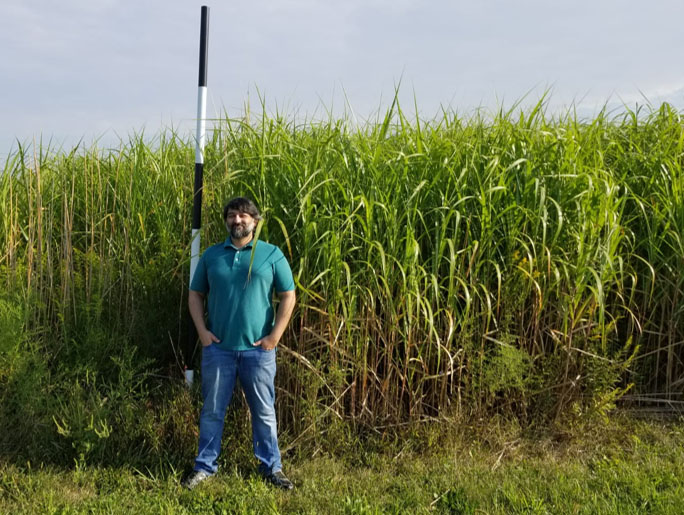
Carbon mitigation payments can make bioenergy crops more appealing for farmers
Bioenergy crops such as miscanthus and switchgrass provide several environmental benefits, but low returns and profit risks are barriers for investment by farmers. A new study from the University of Illinois Urbana-Champaign shows that carbon mitigation payments could increase net returns and reduce income risk, potentially enticing more farmers to grow these crops.
New Research Suggests Wheat Crops May Be Threatened by Unprecedented Heat and Drought
A recent study led by a researcher at the Friedman School of Nutrition Science and Policy at Tufts University found that the likelihood of extreme temperatures that could affect crop yields has increased significantly in wheat-producing regions of the U.S. and China.
New strategy identified to curb a fungal infection affecting more than 150 crops
Tomatoes, bananas, cabbages, melons, pumpkins and cucumbers… are just some of the 150 crops of commercial interest that are victims of Fusarium oxysporum, one of the most important pathogens in the world due to the millions of dollars in losses it is responsible for and its ability to attack different types of plants.
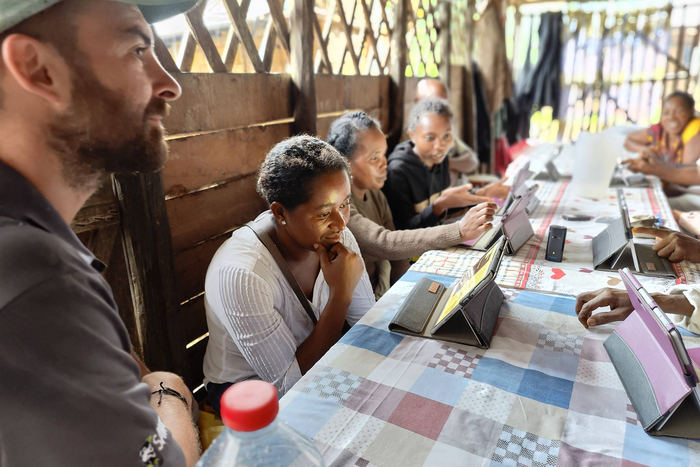
How do we make farming better for the planet? Ask women
When a family of five-ton elephants stomps and chomps its way through your crops, there’s only one winner. And in the central African nation of Gabon, farmers are getting fed up with the giant animals trampling their fields—and their livelihoods.
Multistate project aims to diversify Corn Belt
With a five-year, $10 million federal grant, a team of researchers from Iowa, Indiana and Illinois are working to plant the seeds for greater crop diversity in the Midwest.
Science misinformation on GMOs reaches quarter of a billion people, study finds
Science misinformation about genetically modified crops and foods had a potential global readership of over a quarter of a billion people, according to a new study published by the Alliance for Science, which combats anti-science misinformation on topics like climate, vaccines and GMOs.
WVU Extension helping veterans learn about agriculture through partnership with Operation Welcome Home
Veterans and community members are gaining career knowledge and tools through agriculture as part of a cooperative effort between West Virginia University Extension and Operation Welcome Home, a project designed to support military members moving from active-duty service to civilian life.
Now we know how plants steer clear of salt
To avoid salt in soil, plants can change their root direction and grow away from saline areas.
Root-farming gophers might be our closest agricultural relatives
Scientists have discovered that gophers harvest crops of roots for food, making the rodents the only other mammal known to farm.
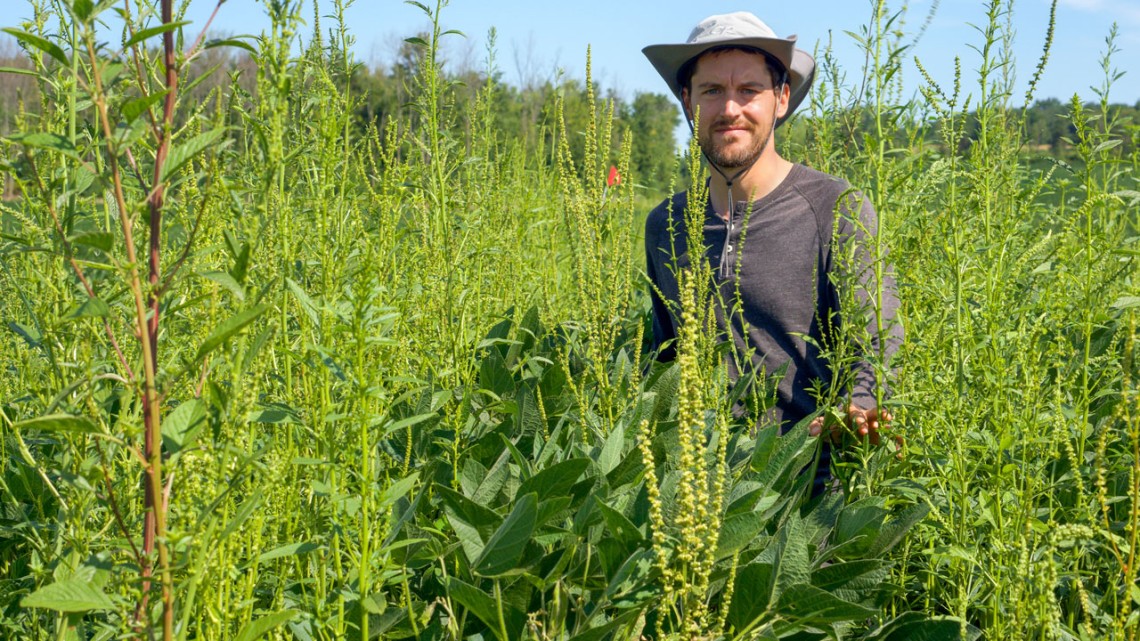
Timing is everything for weed management
Farmers can tailor their efforts to control weeds more effectively by pinpointing when a particular weed will emerge, according to a new Cornell University study.
Danforth Technology Company launches its first startup: PEPTYDE BIO
Peptyde Bio discovers, designs, and characterizes novel anti-microbial peptides (AMPs)
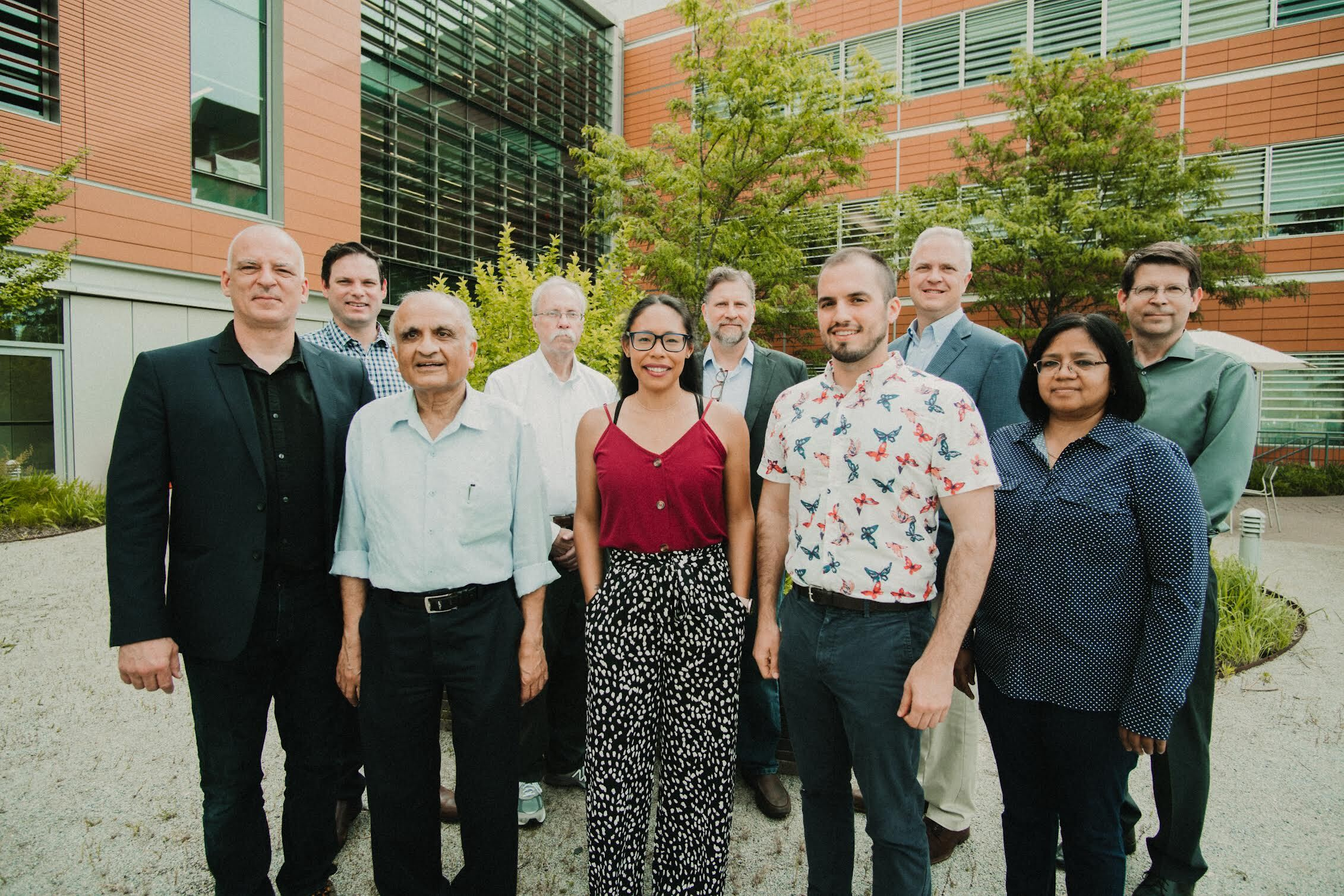
Wells Fargo Innovation Incubator Selects Five Agtech Companies Targeting Global Food Resiliency
The cohort consists of sustainable agriculture companies focused on using biological solutions to improve the resilience of global food systems.
How Crops Can Better Survive Floods
Extreme weather phenomena are on the rise worldwide, including frequent droughts and fires. Floods are also a clear consequence of climate change.
Machine learning helps determine health of soybean fields
Using a combination of drones and machine learning techniques, researchers from The Ohio State University have recently developed a novel method for determining crop health and used it to create a new tool that may aid future farmers.
Capturing carbon with crops, trees and bioenergy
An integrated approach to land management practices in the U.S. can reduce carbon dioxide in the atmosphere far more than earlier estimates based on separate approaches, Michigan State University researchers say. Their research was published in the journal Global Change Biology.
Water scarcity predicted to worsen in more than 80% of croplands globally this century
Agricultural water scarcity is expected to increase in more than 80% of the world’s croplands by 2050, according to a new study in the AGU journal Earth’s Future.
Chemical discovery gets reluctant seeds to sprout
Seeds that would otherwise lie dormant will spring to life with the aid of a new chemical discovered by a UC Riverside-led team.
Getting to the core of a more nutritious apple
A new platform housing data from over 100 apple varieties could shave years off of the breeding process and enable data-driven assessments of how to boost the health benefits of America’s favorite fruit.
Facial recognition AI helps save multibillion dollar grape crop
New technology, using robotics and AI, is supercharging efforts to protect grape crops and will soon be available to researchers nationwide working on a wide array of plant and animal research.
Stinkweed could make a cleaner bio-jet fuel, study finds
A common farm weed could make a “greener” jet fuel with fewer production-related environmental impacts than other biofuels, a new study indicates.
Balancing nitrogen for sunflowers
Sunflowers need nitrogen to survive, but too much can decrease the quality of seeds
New centre to train experts in crop resilience
University of Adelaide experts are part of a new research centre that will train the next generation of scientists to develop more resilient crops.
New Study Sheds Light on Evolution of Photosynthesis
A Rutgers-led study sheds new light on the evolution of photosynthesis in plants and algae, which could help to improve crop production.
The fight against Palmer amaranth
Nebraska research team helps identify the best weed control program to help farmers control Palmer amaranth in soybean fields

Dr. Audrey Chang joins ACSESS as Chief Operating Officer
Chang brings experience in partnerships and team-building
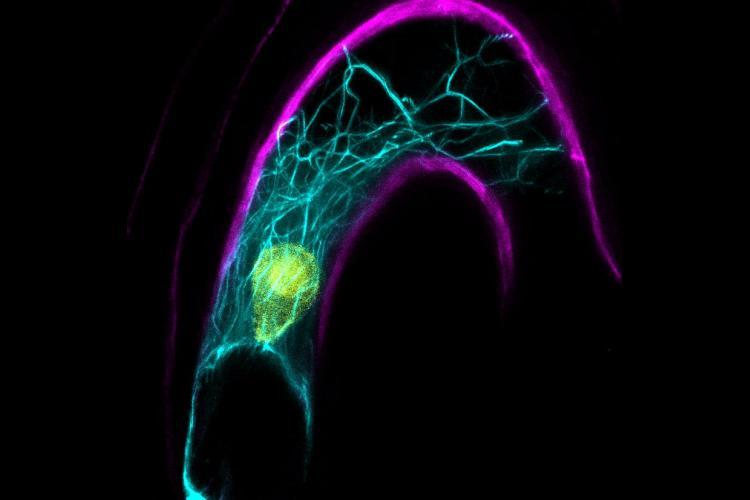
Plant Reproduction Finding by University of Kentucky Scientists Could Lead to More Reliable Crop Production
LEXINGTON, Ky. (Jan. 5, 2021) —Understanding the mechanisms behind successful plant reproduction can lead to more reliable crop production and higher yields. In a recent study, an international group of scientists led by researchers from the University of Kentucky College of Agriculture,…
Pathways to sustainable land use and food systems
The findings of a new report suggest that integrated strategies across food production, biodiversity, climate, and diets can meet the objectives of the Paris Agreement and the Sustainable Development Goals (SDGs).

Study: Crop diversification can improve environmental outcomes without sacrificing yields
Diversifying agricultural systems beyond a narrow selection of crops leads to a range of ecosystem improvements while also maintaining or improving yields, according to a new study that analyzed thousands of previously conducted experiments. Diversification practices such as crop rotations and planting prairie strips can lead to “win-win” results that protect the environment without sacrificing yields, according to the analysis.
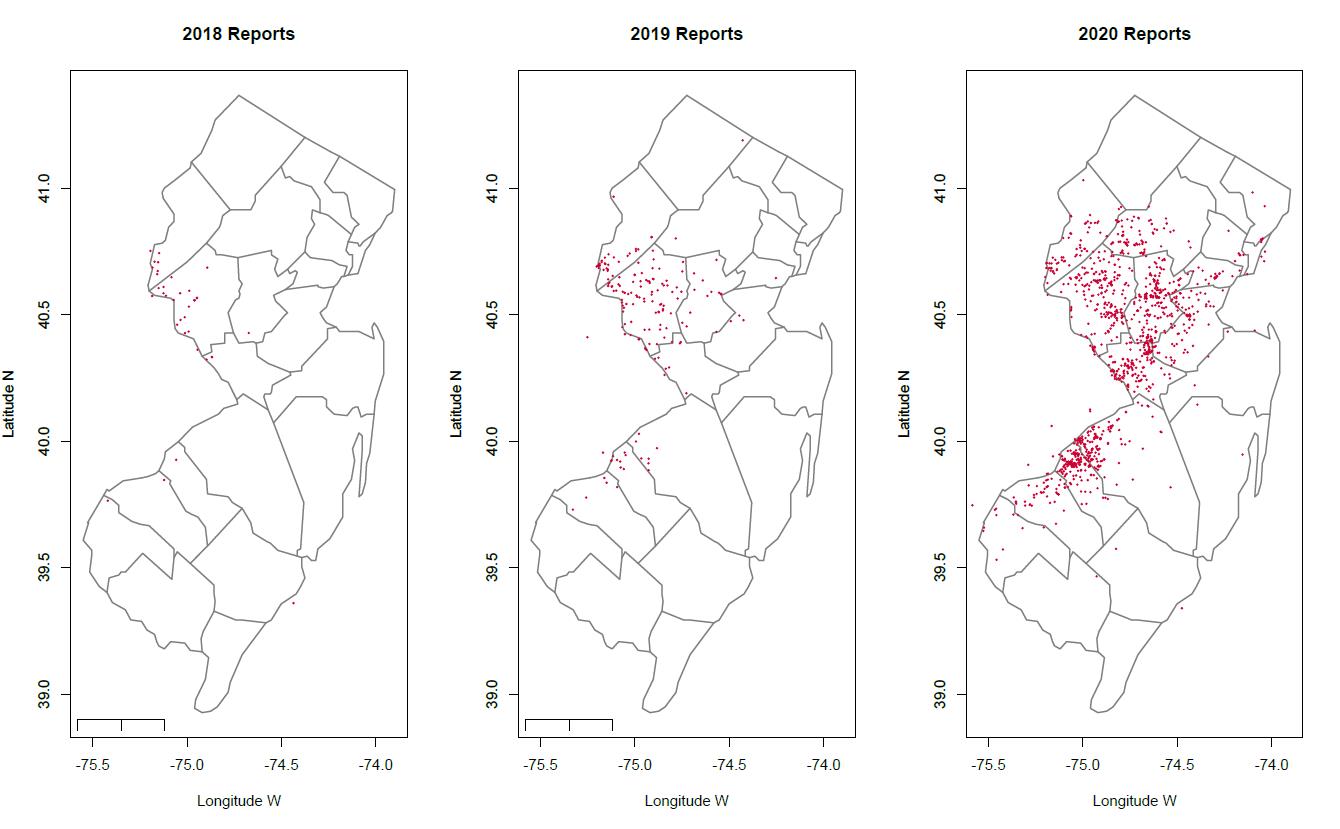
Rutgers Experts Can Discuss Invasive Spotted Lanternfly Spread in N.J.
New Brunswick, N.J. (Oct. 1, 2020) – Rutgers University–New Brunswick Professor George C. Hamilton and Associate Professor Anne L. Nielsen can discuss the spread of and threat posed by the invasive spotted lanternfly, a destructive pest, in New Jersey. “Their…

UAH gets $600,000 to create more accurate analysis of soil moisture
A $600,000 grant to create a more accurate analysis of soil moisture for drought depiction, agricultural assessments and flood potential has been awarded to the interim dean of the College of Science at The University of Alabama in Huntsville (UAH) by the National Oceanic and Atmospheric Administration (NOAA).
New method to combat damage, help revive NY berry industry
Greg Loeb has been experimenting with a thin mesh covering, called exclusion netting, around berry crops as a means to prevent spotted wing drosophila (SWD) infestation. The efficacy of the netting is documented in a paper, “Factors Affecting the Implementation of Exclusion Netting to Control Drosophila Suzukii on Primocane Raspberry,” published in the journal Crop Protection.
Researchers help inform cassava breeding worldwide
Scientists in Cornell University’s NextGen Cassava project have uncovered new details regarding cassava’s genetic architecture that may help breeders more easily pinpoint traits for one of Africa’s most vital crops.